Perplexity Labs, has Taken a bold step in AI-powered productivity with its latest feature that turns the natural language prompts into fully functional outputs – ranging from detailed reports, spreadsheets to interactive dashboards and deployable web applications.allowing users to move seamlessly from questions to action.
Whether you’re an enterprise user, a developer, or a data analyst, the new Perplexity Labs capabilities are designed to enhance efficiency, reduce manual workload, and increase output quality.
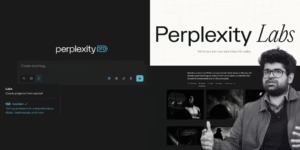 Image Credit : @YourStory
Image Credit : @YourStory
From comprehensive reports with data visualizations to interactive dashboards and applications, this innovation positions Perplexity as a strong contender for organizations looking to scale with intelligent AI tools.
From Answers to Actions
Perplexity labs designed to transform simple text prompts into comprehensive outputs like reports, spreadsheets, dashboards, and even web applications. This innovation has a significant shift from traditional answers to actionable, structural deliverables, enhancing the productivity for users across various domains.
 A Perplexity Labs dashboard | Image Credits : Perplexity Labs
A Perplexity Labs dashboard | Image Credits : Perplexity Labs
Perplexity Labs engages in a more in-depth process. It autonomously conducts research, writes and executes code, and generate visual elements, All within approximately ten minutes per task. The result is a cohesive package of files, visuals, and interactive components ready for immediate use.
“While Deep Research remains the fastest way to obtain comprehensive answers to in-depth questions — typically within 3 or 4 minutes — Labs is designed to invest more time (10 minutes or longer) and leverage additional tools, such as advanced file generation and mini-app creation,”
Perplexity wrote in a blog post. “This expanded capability empowers you to develop a broader array of deliverables for your projects.”
What Can Perplexity Labs Generate?
Perplexity Labs is capable of producing a diverse array of outputs, including :
Detailed Reports: Perplexity Labs can generate rich, well-structured reports that include deep data analysis, insights, and compelling visualizations—perfect for professional presentations or strategic decision-making.
Spreadsheets: It creates organized spreadsheets that make numerical and categorical data easy to read, manipulate, and analyze for business and academic users.
Dashboards: The tool builds interactive dashboards that visualize key performance indicators (KPIs) and trends in real time, making it ideal for data-driven decision-making.
Web Applications: Perplexity Labs can even produce fully functional web apps—transforming prompts into deployable code—great for prototyping tools or automating workflows.
These capabilities are particularly beneficial for professionals in fields such as business analysis, education, and software development, where quick turnaround of complex tasks is essential.
Designed to Handle More Complex Assignments
Perplexity labs is specially design to handle the more complex tasks that require higher level of reasoning and data processing. By leveraging advanced AI models, it can autonomously navigate through complex assignments, making it a valuable tool for users who need to synthesize large amounts of information into coherent outputs.
This feature is mainly useful for creating the detailed reports for applications that would traditionally require manual effort, streamlining workflows and saving valuable time of users.
A Good Fit for Enterprise Users
Perplexity labs is particularly well-suited for the enterprise environments. where efficiency and scalability are paramount. By automating the process of creating reports, dashboards anhttps://buzz4ai.in/gpt-4-1-openais-most-advanced-model-arrives-on-chatgpt/d applications. it enables organizations to rapidly respond to business needs without the bottleneck of manual content creation.
Additionally, integration of perplexity labs into the enterprise Pro offering that businesses can leverage this tool within secure and managed framework aligning with the corporate governance and compliance requirements.
Park pointed out that Perplexity Labs is a response to tools and models such as OpenAI (launched in March), Claude Opus 4 (released in May), and Google’s recent Flow and Firebase announcements.
Final Thoughts
The introduction of Perplexity Labs marks a significant advancement in the capabilities of AI-powered tools. By enabling the transformation of simple prompts into complex, actionable outputs, Perplexity AI empowers users to move beyond passive information consumption to active content creation.
As AI continues to evolve, tools like Perplexity Labs will play a crucial role in shaping how individuals and organizations approach problem-solving, decision-making, and innovation. By bridging the gap between inquiry and execution, Perplexity AI sets a new standard for what users can expect from AI-driven solutions.
For more posts visit buzz4ai.in
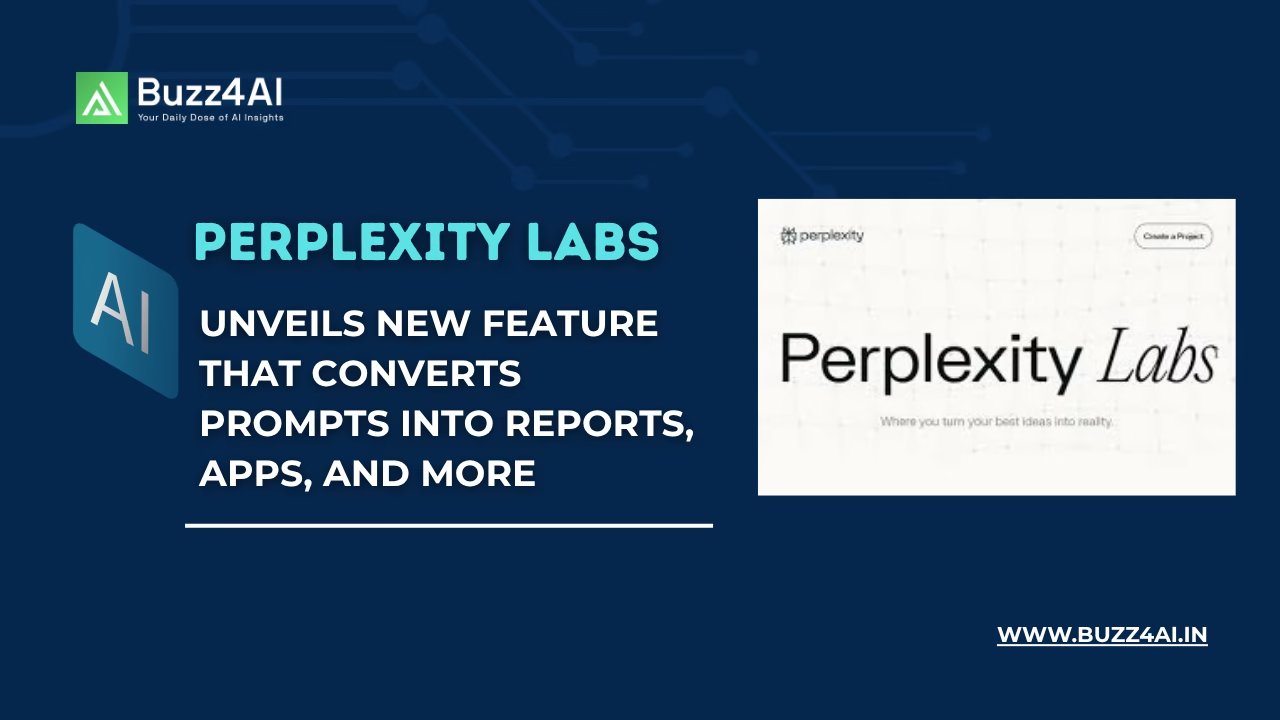



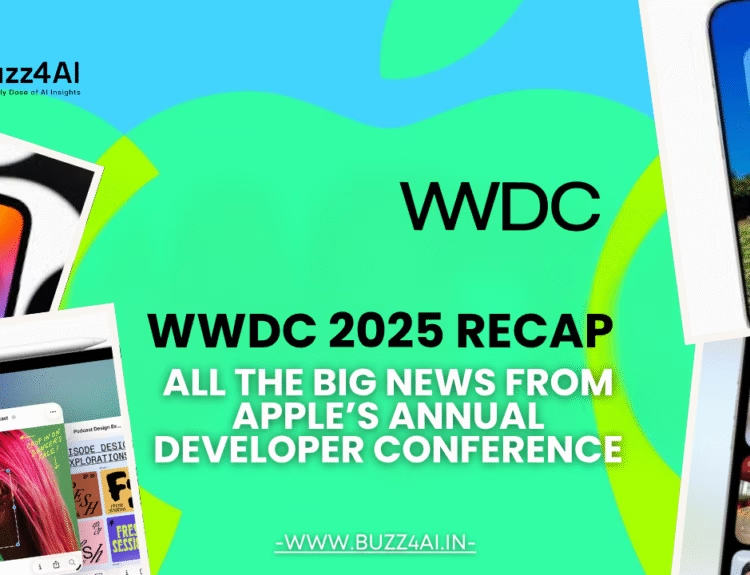
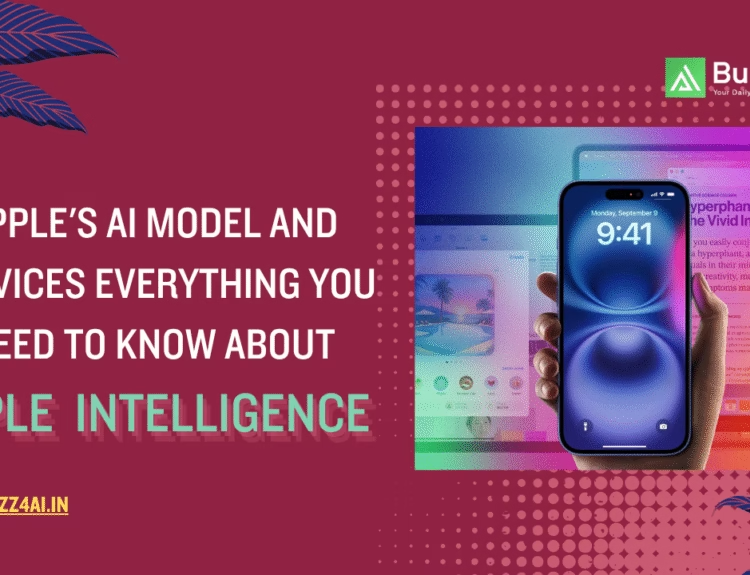
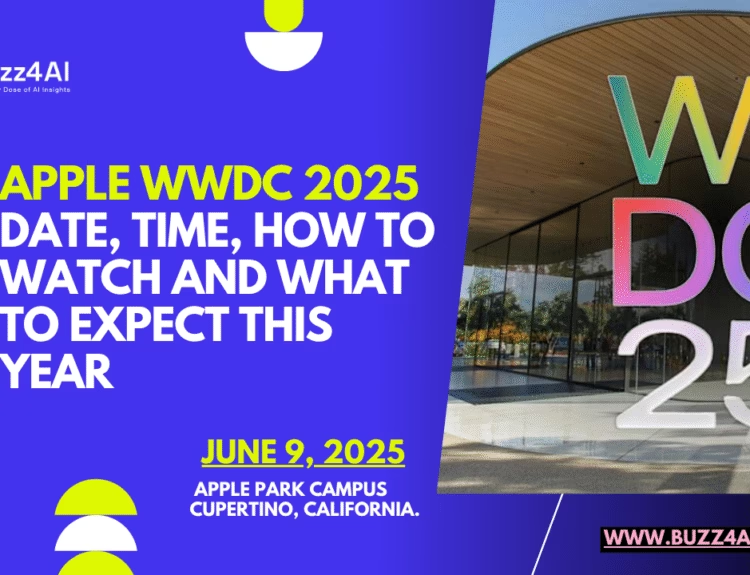
[…] Also Read: Perplexity Labs Unveils New Feature That Converts Prompts into Reports, Apps, and More […]